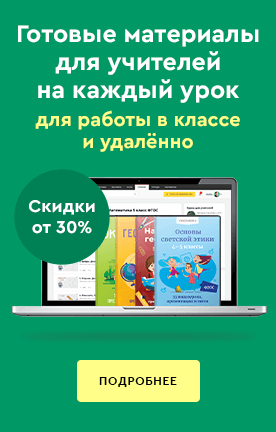Урок " Many years ago."
Лексическая тема урока - животные
Грамматическая тема урока - Простое прошедшее время
5 класс
Форма работы - фронтальная работа с классом, работа в парах, индивидуальная работа, работа в группах.
Оборудование - компьютер, материалы ЦОР, карточки.
Цель: развивать речевые умения на основе темы "Простое прошедшее время"
Задачи:
Образовательные: познакомить обучающихся с новой лексикой
Развивающие: развивать умение читать текст с полным охватом содержания, а так же извлечения конкретной информации, развивать навыки аудирования с целью извлечения конкретной информации, развивать умение осуществлять самоконтроль и взаимоконтроль результатов учебной деятельности.
Воспитательные: воспитывать чувство уважения к товарищу, воспитывать бережное отношение к миру животных.
Методы обучения: словесный, наглядный, практический, проблемно-поисковый.
Педагогические технологии: личностно-ориентированная технология, технология дифференцированного обучения, системно-деятельностная технология, здоровьесберегающая технология, ИКТ технология.















